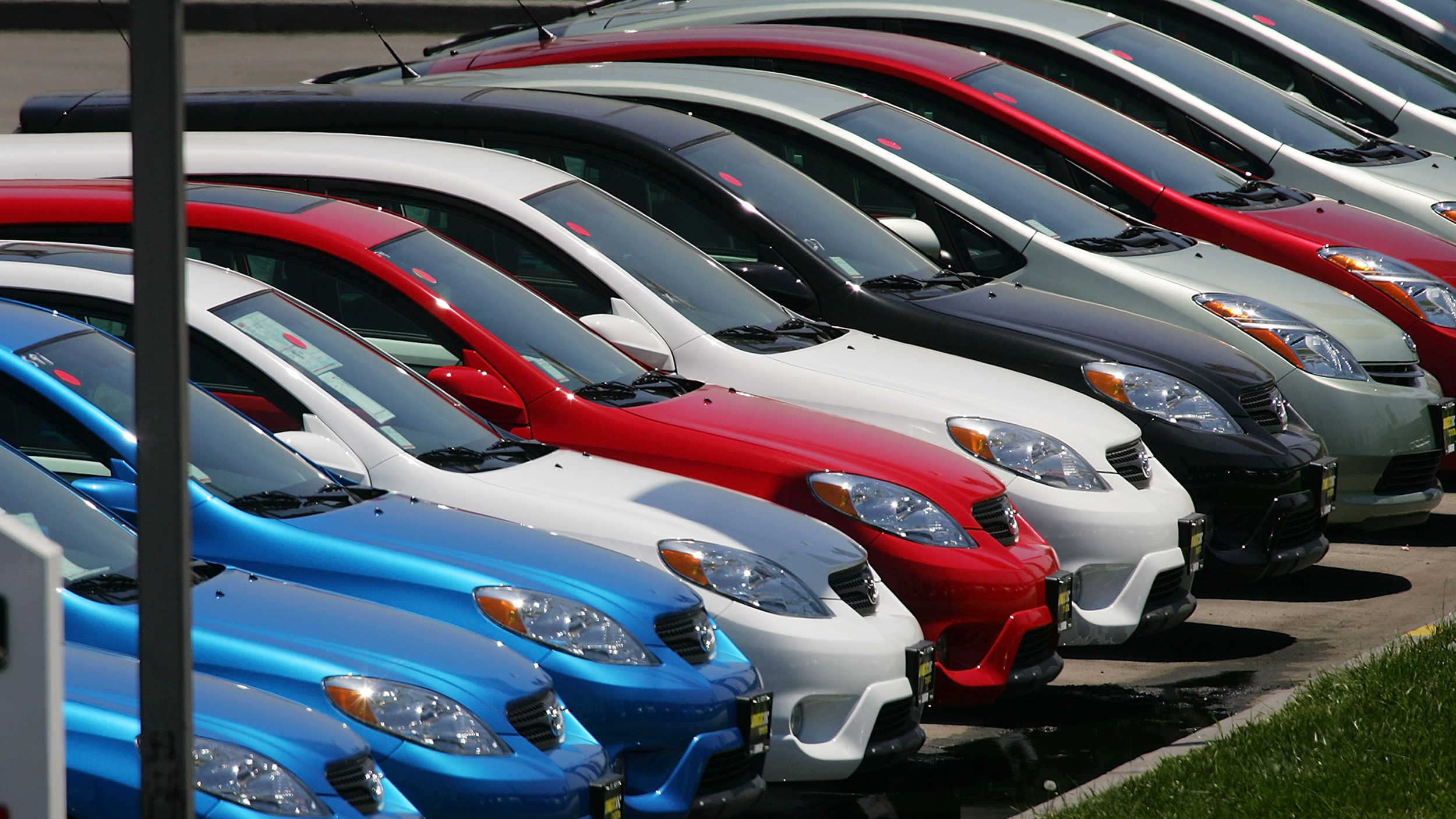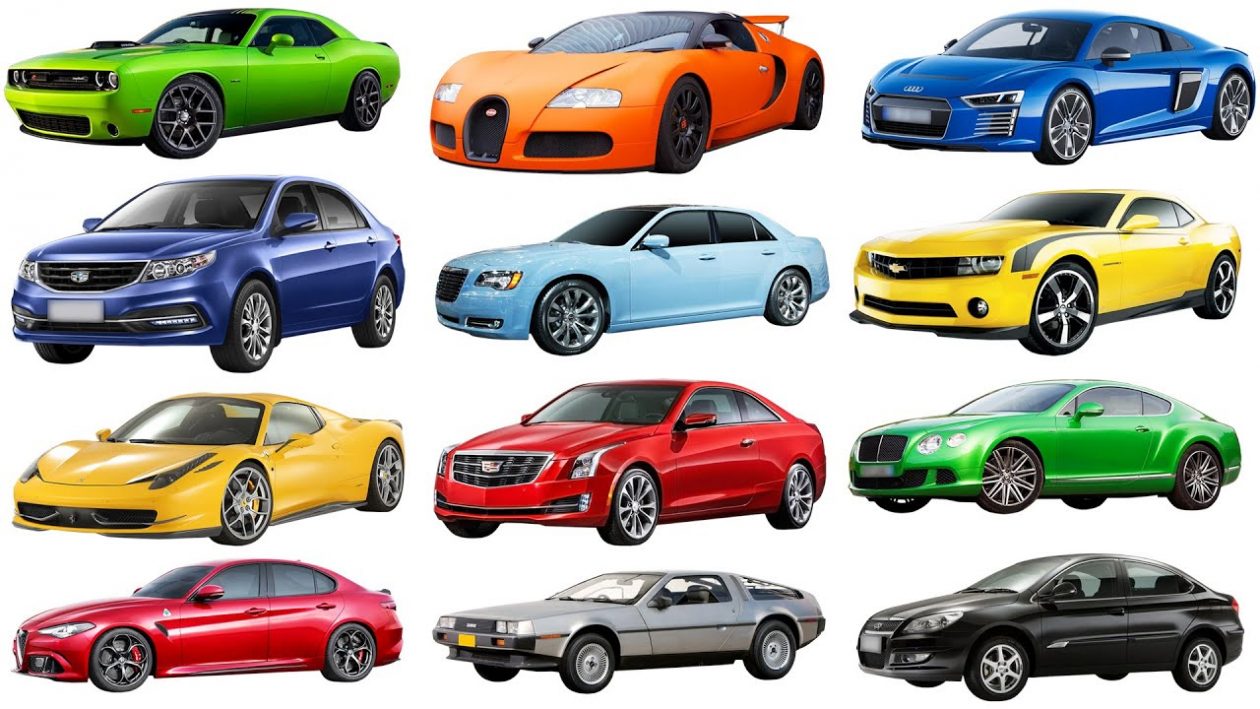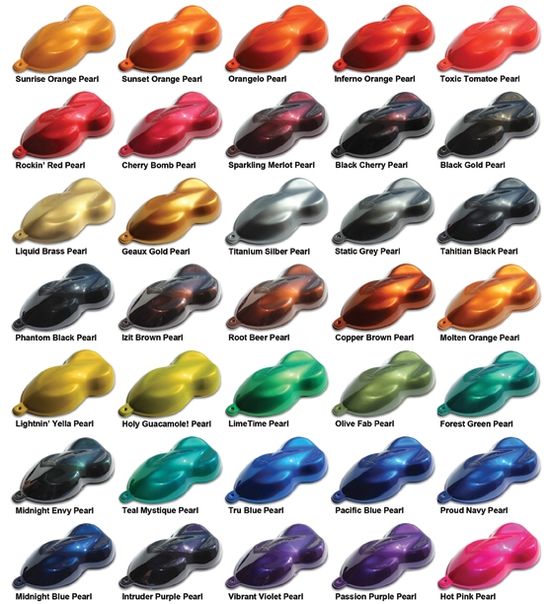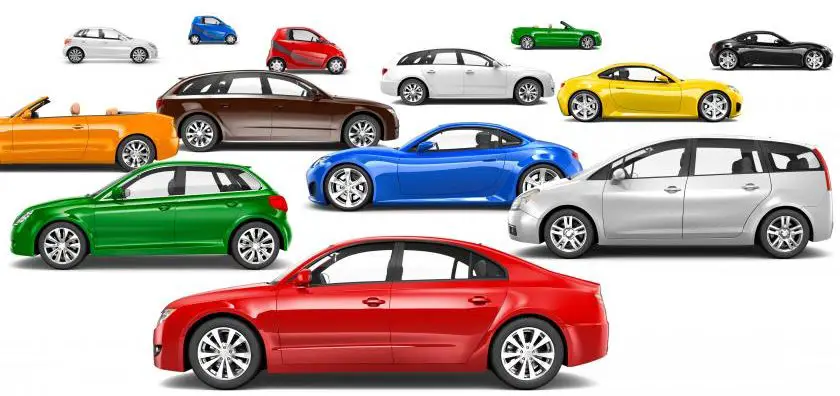Colour of the Car Affect the Chance of Getting in an Accident
Based on the findings of several pieces of study, some colours are simpler to perceive than others because they move at different wavelengths. It’s possible that the same holds true for automobile colours. In point of fact, some sources claim that the colour of your automobile might possibly have a role in determining how probable it will be:during a mishap; or alternatively, reselling it for the necessary sum.

According to the findings of a study that was carried out by experts from Monash University in Australia, cars that have a certain colour may be more difficult to spot and, as a result, are more probable to be involved in an accident. Accident data were analysed in the research titled “An Examination into the Connection between Vehicle Colour and Disaster Risk,” which aimed to determine whether or not there is a link among car colour and collision risk.
In accordance with the findings of the research, white automobiles have the lowest risk of being involved in a collision, but black automobiles have a risk that is 12 percent higher than that of white automobiles. According to the findings of the research, the likelihood of being involved in a collision increased with the “lower on the visibility index” colour (black, blue, grey, green, red, and silver). The researchers came upon what they describe “statistically significant results.” During the daytime:
Grey automobiles had an 11 percent greater chance of being involved in an accident than white vehicles, silver cars had a 10 percent higher risk, blue cars had a 7 percent higher risk, and red cars had a 7 percent higher risk. Due to the findings of this study, the theory that brighter and more vibrant colours may be noticeable to other drivers and hence reduce the likelihood of an accident occurring is supported. According to the findings of the research, the colour of the vehicle had far less of an impact on the likelihood of being involved in a collision during nighttime and twilight driving, when both the front and back lights are turned on.

What about the possibility of being hurt in a vehicle crash? According to study that was carried out in New Zealand, overall was a “significant reduction” in the chance of severe injury in silver automobiles compared to white cars. This was in comparison to the danger that was posed by white cars. The research also revealed that there was a “significant increased risk” of severe injury in brown automobiles, as well as a higher likelihood for severe injury in black and green vehicles as well.
This study is intriguing and deserving of further investigation, but a number of authorities in the field are of the opinion that the colour of an automobile is not and by and large itself, a safety component. Everyone who drives a vehicle, regardless of the colour of their automobile or the colour of the other cars surrounding them, has a responsibility to exercise reasonable care in order to notice what is available to be seen. The most important thing is to demonstrate responsible driving that is in complete accordance with the laws of the road.
What Are Some of the Most Well-Liked Colours for Automobiles?
Based to the 2021 Axalta Global Automotive Popularity Paper, the three different colours of automobiles that are the most desired by consumers throughout the globe are as follows: White accounts for thirty-five percent of all automobiles on the road, with its two primary variants, solid and pearl, accounting for a total of 19 percent of all vehicles. Black accounts for 19 percent, and grey accounts for 19 percent. According to the data published by Axalta, the colour grey is seeing growth in popularity all around the globe, with a rise of four percent. Since their all-time high of 39 per cent in 2017, white automobiles, sport utility vehicles, and pickup trucks have seen a decline in their market share.

What Influences Does Colour Have on Resale Value?
The creator of an article that was published on iSeeCars.com did research to estimate the average two-year vehicle appreciation rate by car colour. This was accomplished through comparing the cost of over 650,000 previously sold used automobiles that were three years old. The rate of depreciation that was the highest for brown was 17.8 percent, while the rate of depreciation that was the lowest was for yellow (yes, yellow), which was 4.5 percent. Orange came in close pursuit of yellow. After it came the colours blue, red, green, and purple.
In accordance to the author, there is an unexpected truth about people’s preferences for automobile colours that can be inferred from the fact that the most common colours for new cars are near to the average rate of depreciation: white, black, grey, and silver. People purchase things not because they themselves like using them, but rather because they believe that others do and that others will want to purchase them once they are put up for auction.
Crucial Aspects of Risk Management to Think About
Driving behaviours are still the most important element in determining the likelihood of being involved in a collision or being hurt, despite the fact that certain research show that the colour of your vehicle may have an impact on the likelihood that you will be injured or involved in an accident. It is essential that all drivers, regardless of the colour of their own vehicle or the colour of other vehicles on the road, adhere to safe driving practises in order to lessen the likelihood of being involved in a collision.
Some of the following are examples of factors that might enhance the likelihood of a major injury or accident:
Driving while distracted refers to the practise of operating a motor vehicle while engaged in any activity that diverts the driver’s attention away from the road. chatting with other people in the car, or even just the act of attempting to eat may all serve as potential sources of distraction for drivers. The National Highway Traffic Safety Administration (NHTSA) estimates that in 2021 alone, distracted drivers were responsible for the deaths of 3,522 persons in motor vehicle accidents. While under a spell of alcohol or drugs: Driving under the influence of alcohol is the leading cause of mortality on America’s roads.

It’s possible that alcohol, illicit substances, or even prescribed medication had a role in these automobile accidents. Accidents involving intoxicated drivers are responsible for the deaths of 32 persons every single day in the United States, as reported by the Centres for Disease Control and Prevention (CDC). Road conditions Terrible road conditions aren’t only annoying; they may also be quite dangerous for drivers. The winter season may also have a significant impact on roads, leaving behind impediments such as potholes and other dangers that make driving dangerous.
Incidents involving motor vehicles and injuries may occur when a roadway is not built or maintained appropriately, which can lead to such incidents.
Conditions atmosphériques: If there is a chance of precipitation, driving might be more dangerous. Drivers who do not adequately prepare for changing weather conditions put both themselves and other people on the road in risk. Driving aggressively: Drivers who drive aggressively put themselves and everyone else on the road at danger of being seriously injured or killed in a vehicle accident. Driving aggressively includes behaviours such as following too closely, failing to yield, running stop signs and red lights, speeding, and weaving between lanes.

